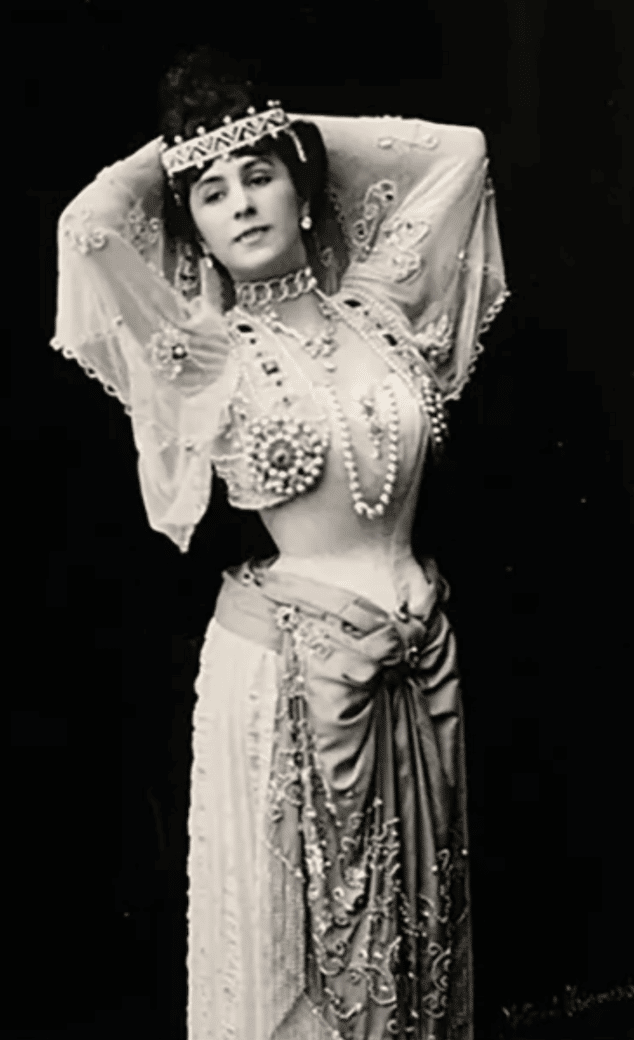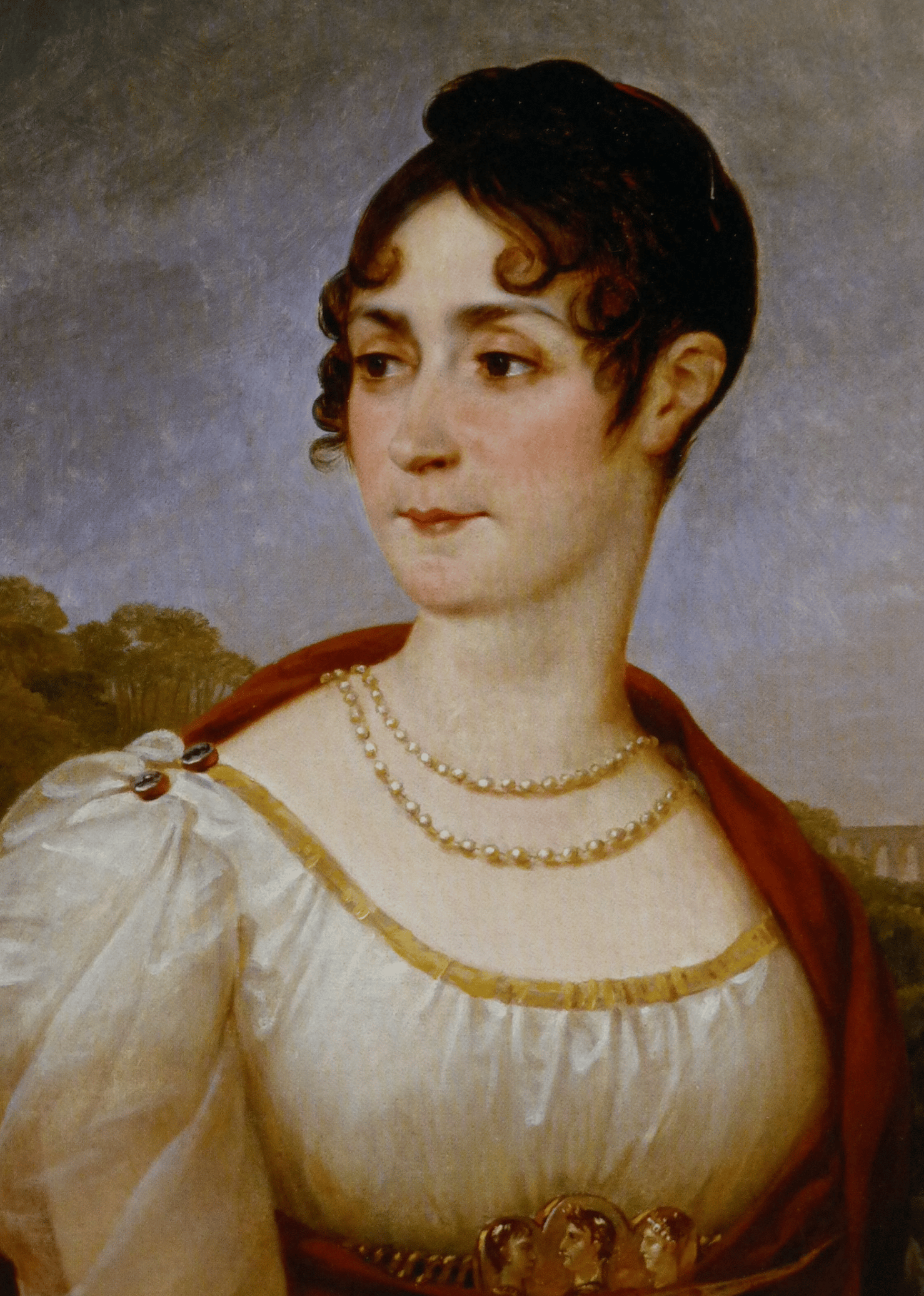We owe the myth of Napoleon’s height to British political cartoonist James Gillray, who had never met Bonaparte. In real life, the legendary general was about 5’6” (1.69 meters)—an average height for a man of his time.
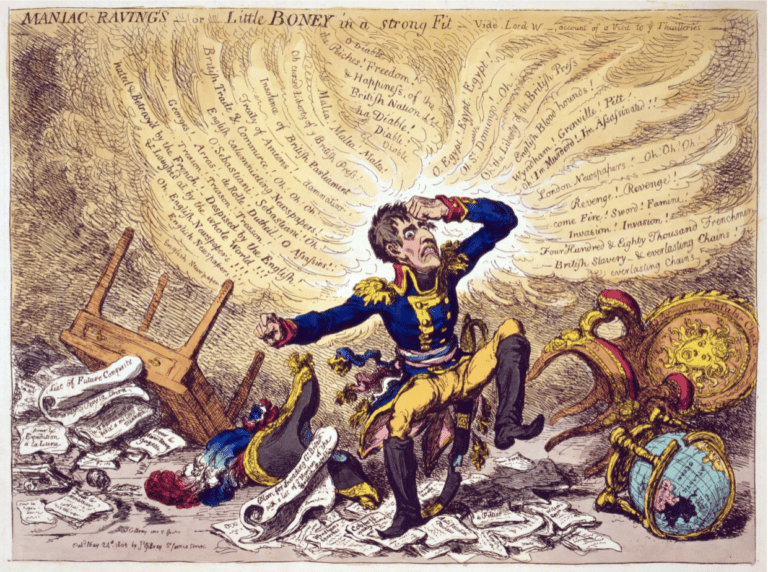
Gillray’s “Maniac-ravings-or-Little Boney in a strong fit” (1803) was based on a genuine incident which happened in 1803 at the Tuileries palace when Napoleon vented his rage at British ambassador Lord Whitworth. /Getty Images
In another cartoon, Gillray depicted Emperor Bonaparte and British Prime Minister William Pitt carving up the world into spheres of influence.
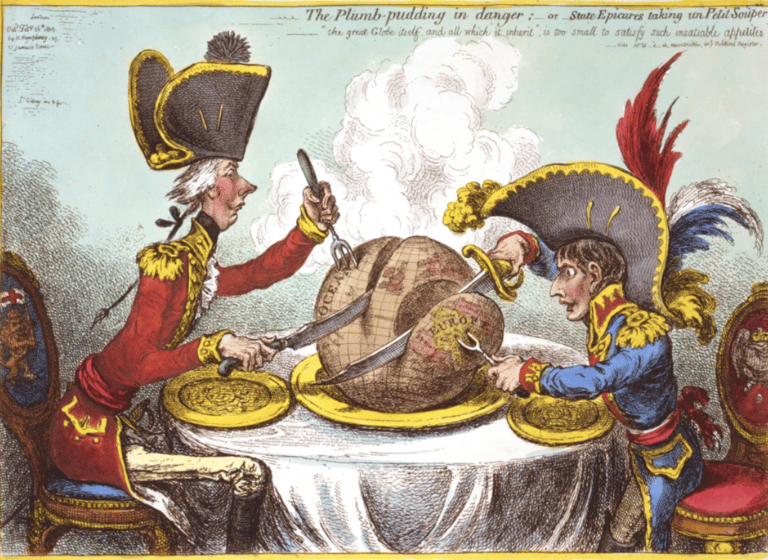
The Plumb-pudding in danger, or State epicures taking un petit supper, 1805. The Metropolitan Museum of Art
Gillray’s image of a general too small for his boots was quickly picked by other cartoonists. The notion of Napoleon’s diminutive stature remains unchanged two hundred years later.
Gillray had never depicted Napoleon with his hand inside his vest. Napoleon posed in that manner for artist Jacques-Louis David. Was Bonaparte trying to soothe a colic while he sat for his portraits? The hand-in-waistcoat pose was common in the portraiture of the 18-19th centuries and was based on the tenets of Rudiments of Genteel Behavior.
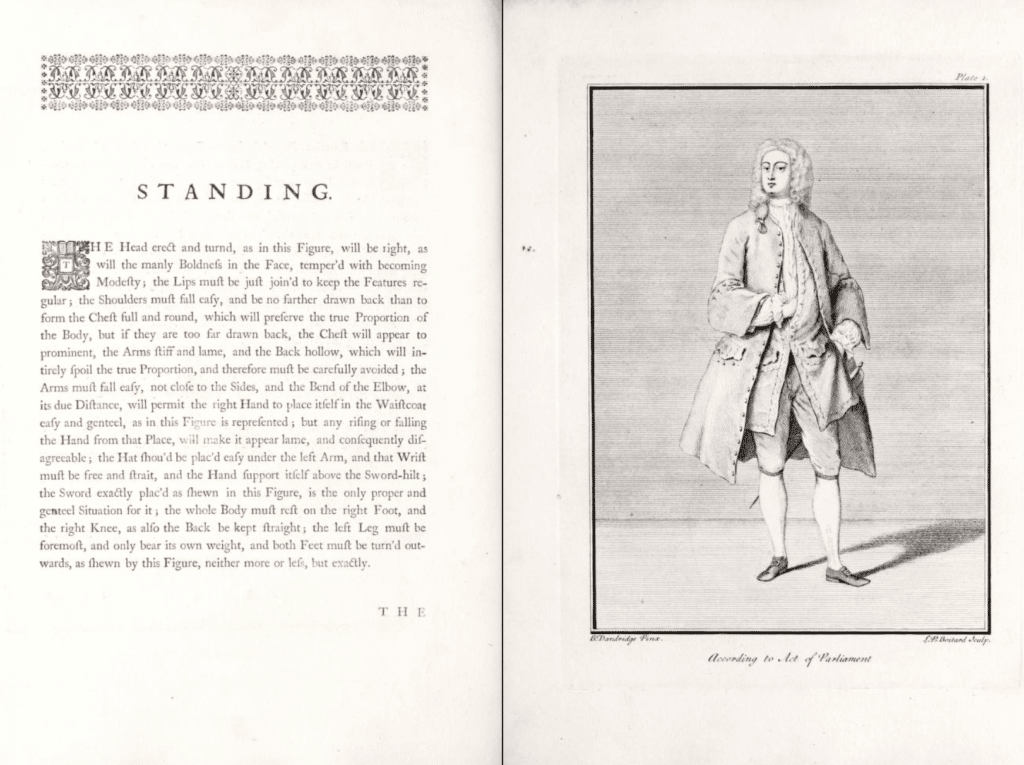
Rudiments of Genteel Behavior was written in 1737 by French author François Nivelon. It instructed readers in the “Method of attaining a graceful attitude, an agreeable motion, an easy air and a genteel behavior.” It covered everything from posture to hand positions in a minuet.
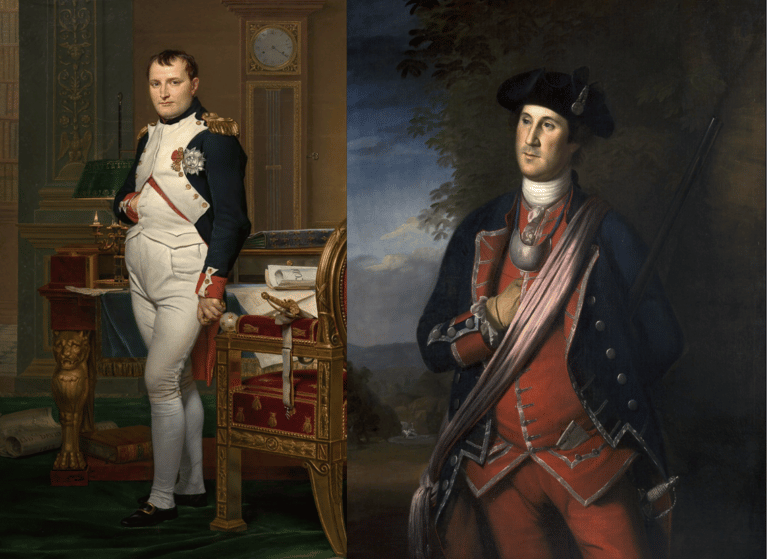
L to R: The Emperor in his Study (1812) by Jacques-Louis David; George Washington in uniform, as colonel of the First Virginia Regiment (1772) by Charles W. Peale
The moral of these myths? If you are famous, adhere to the good manners of your era and try not to upset any cartoonists lest your imaginary flaws outlive your true genius.


